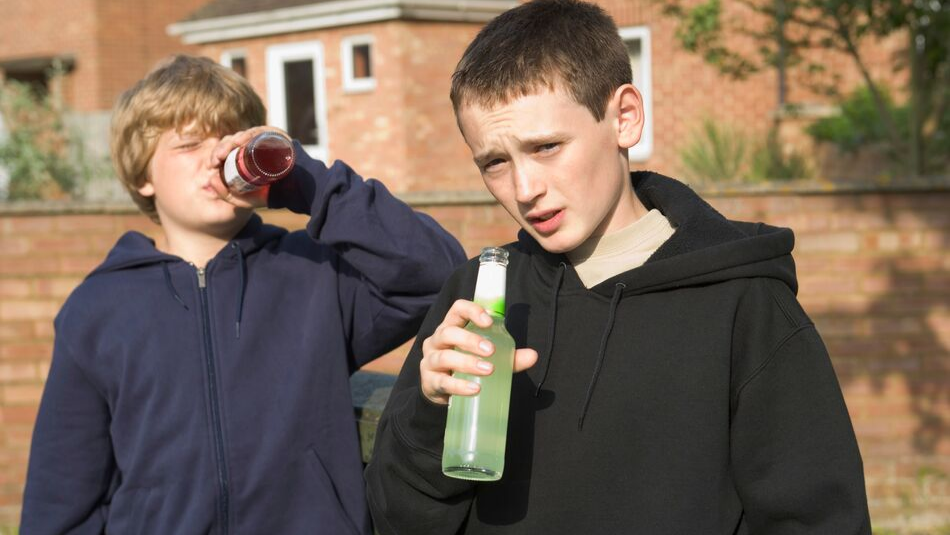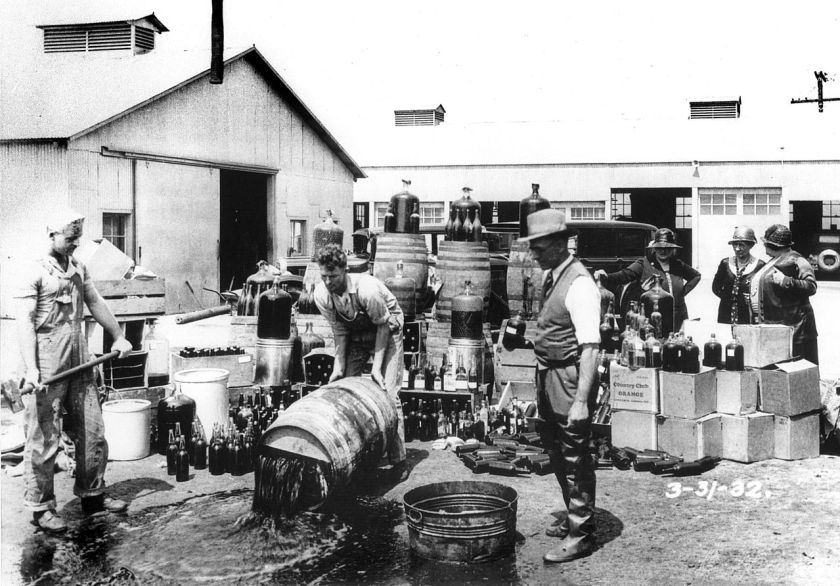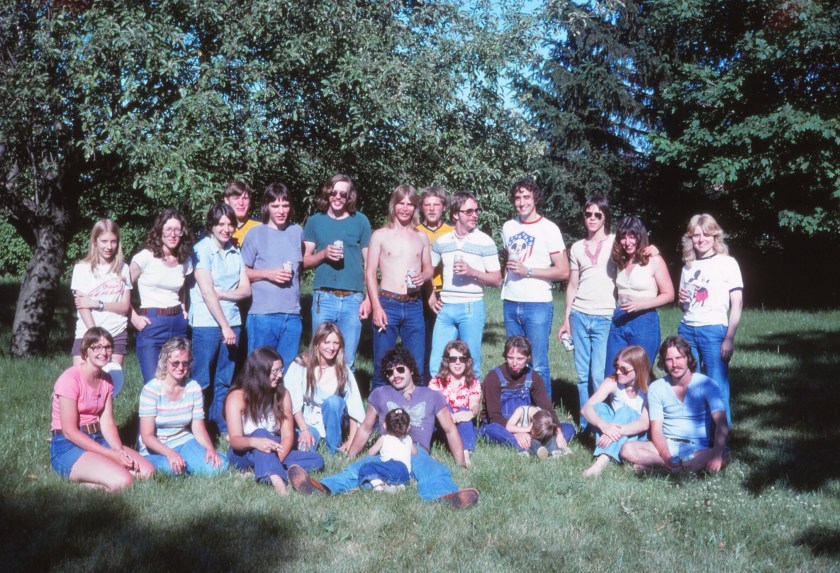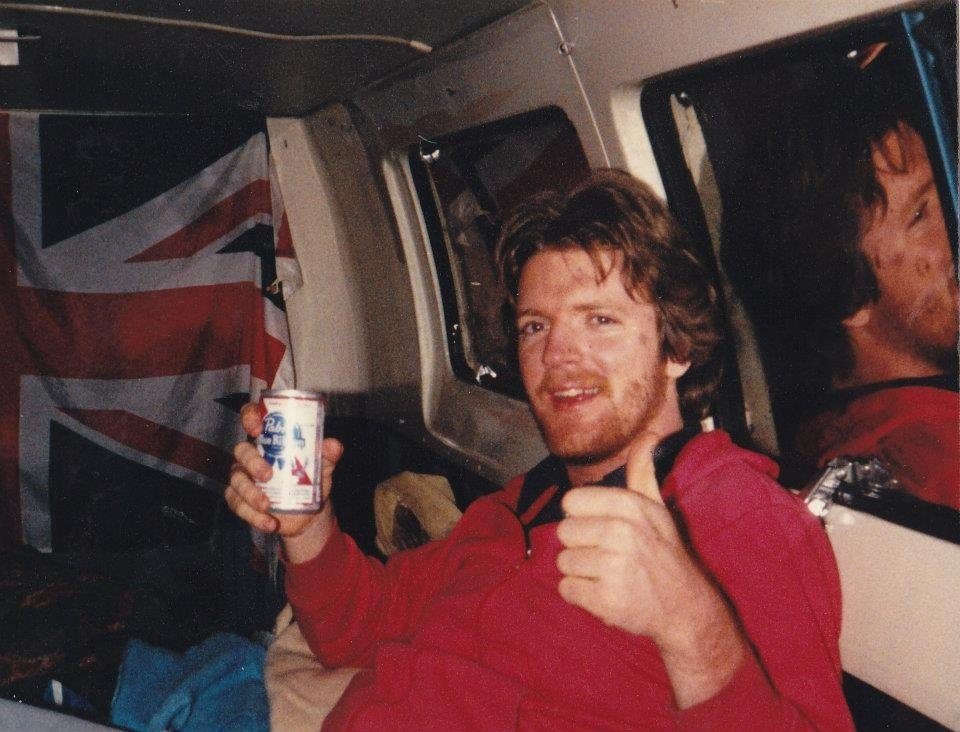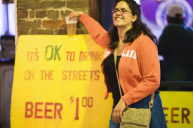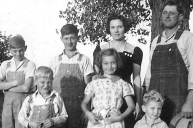Do you ever wonder why the United States has such a high minimum age to order a beer at a bar? Why are we one of seven countries in the world to require our citizens to have 21 years of experience under their belts before they are allowed to take their first legal sip of alcohol? If you have ever asked yourself these questions, you are not alone. Many people are curious about the history of legal libations in America, so we took it upon ourselves to break it down for you and bring you American beverage history with a focus on the history of the legal drinking age in the united states
Videos by Wide Open Country
The First Drinking Regulations
It all began with prohibition. Before 1919, states had federally unregulated drinking laws, and their citizens were free to imbibe without worrying about legal repercussions and the law enforcement coming through. However, this changed dramatically in 1919 with the enactment of the 18th Amendment and the beginning of the Prohibition Era.
With the 18th Amendment, the United States Federal Government made the possession, distribution, and consumption of alcoholic beverages illegal. Unsurprisingly, the backlash against this act exploded like a champagne bottle: loudly and chaotically, especially for young people.
Eventually, after a tumultuous decade of gangsters and speakeasies, the 18th Amendment was repealed. In 1933, once again, Americans could enjoy a cold brew on a hot summer day. However, unlike before, each state now actively regulated its citizen's consumption.
Now when you could drink depended on your residency. Most states chose to establish the legal minimum drinking age to 21 (perhaps to commemorate the 21st Amendment), but some instated lower minimum ages ranging from 18 to 20.
The 1960s and 1970s
In 1971, when the voting age was lowered from 21 to 18, 30 states saw it fit to lower the drinking age concurrently. By 1982, only 14 states had not lowered their minimum legal drinking ages to match the new voting age.
Unfortunately, the decrease in the minimum legal drinking age was shown by the National Institute of Health (NIH) to have drastically increased the number of alcohol-related car accidents. In fact, by the mid-1970s, 60 percent of traffic accident fatalities involved alcohol.
The 1980s
In response to this sharp increase in traffic fatalities, the US Government enacted the National Minimum Drinking Age Act of 1984. This law prompted states to raise their legal age for alcohol consumption to 21 or risk losing millions in federal highway funds.
Needless to say, by 1988, with the threat of losing federal highway funding hanging over their heads, all 50 states had raised their minimum legal drinking age to 21, making underage drinking illegal.
Temperance Today
Although after 1980s the public seemed to have reached a consensus on the appropriate age to begin imbibing, the drinking age has continued to be a controversial subject. As recently as June 2014, there were rumors floating around that the age limit to drink alcohol would once again be raised - this time to 25! Thankfully, it turned out to be a hoax.
About a year later, however, another law was supposedly enacted, which stated that in June 2015 the minimum legal drinking age would be lowered to 18. Once again, this was not true. So for the time being, 21st birthdays all around America will remain a joyous occasion on which millions of young adults celebrate their first legal alcoholic beverage.
However, the fact that these rumors gained so much traction and were able to cause such a stir only serves to show that the rules and regulations around drinking continue to be a volatile subject. What does this mean for the future of legal drinking in America?
Will future generations one day be able to drink at the same time as their counterparts across The Pond? Or will they continue to have to wait patiently until they are 21, if not older? Where will this lead our drinking culture? Only time will tell.
